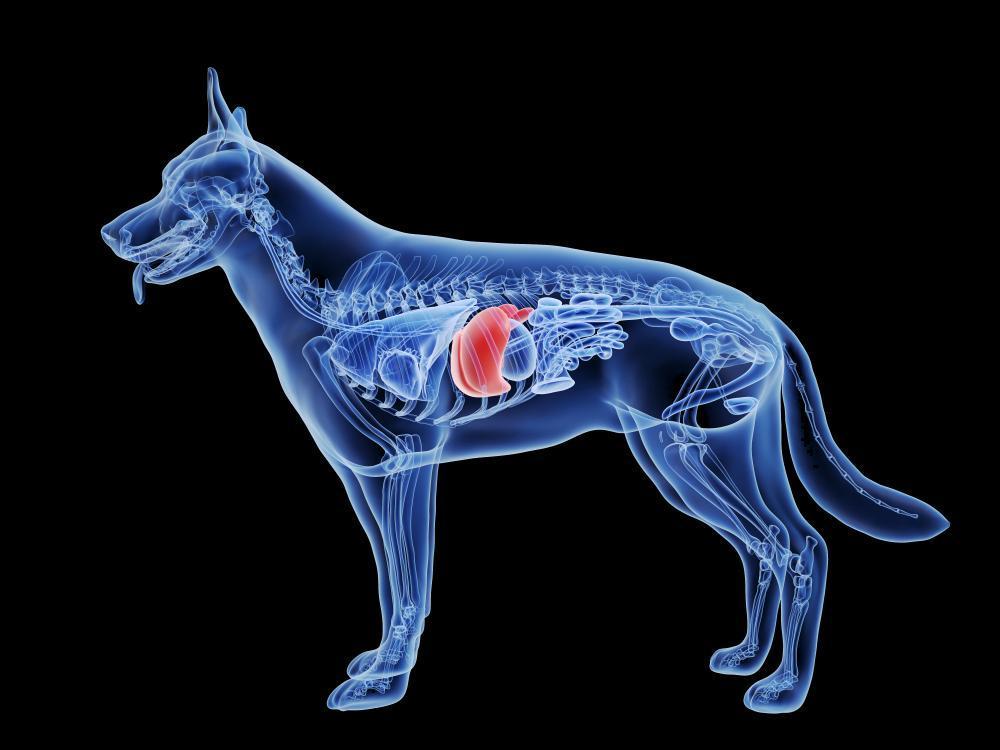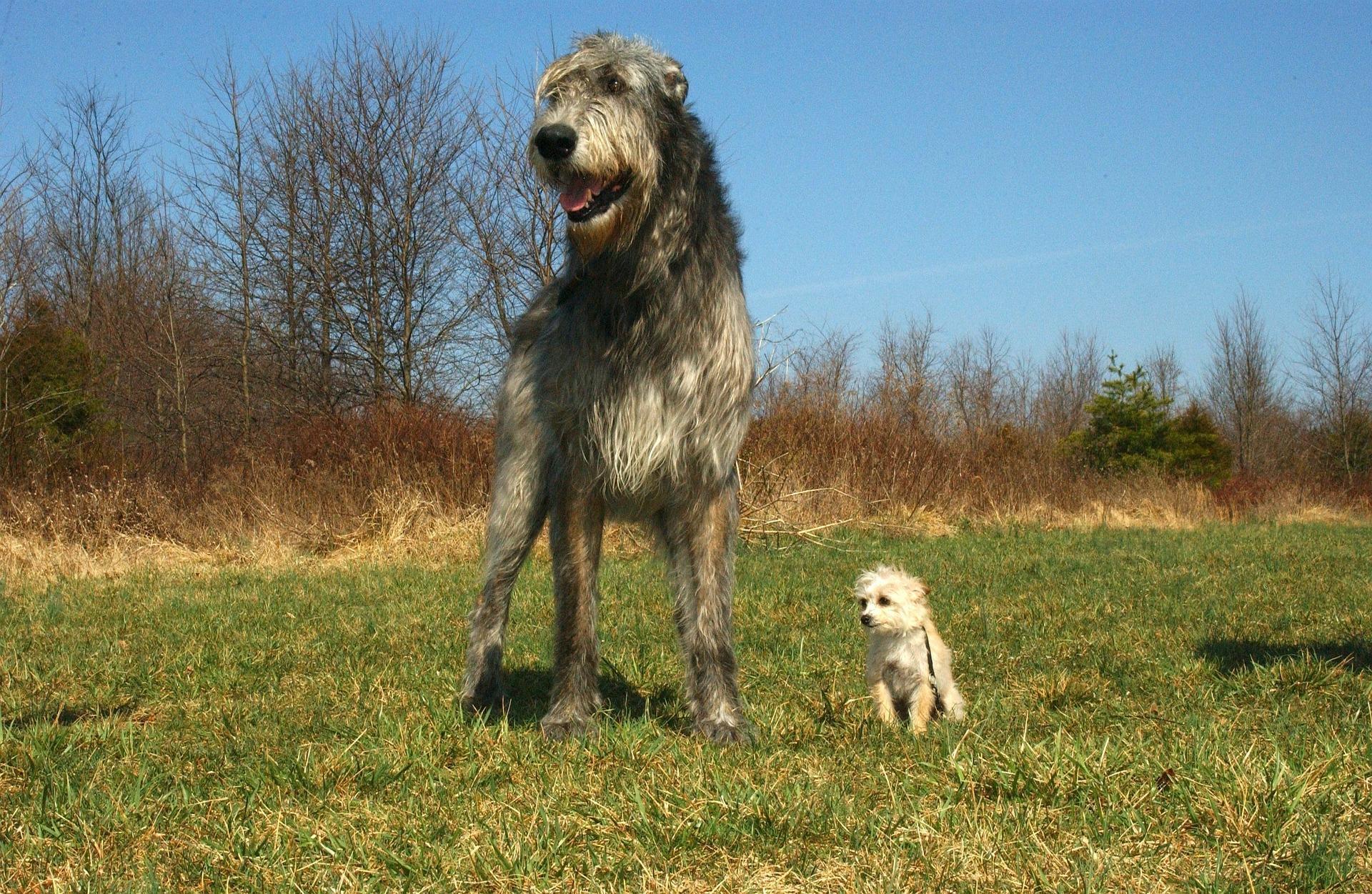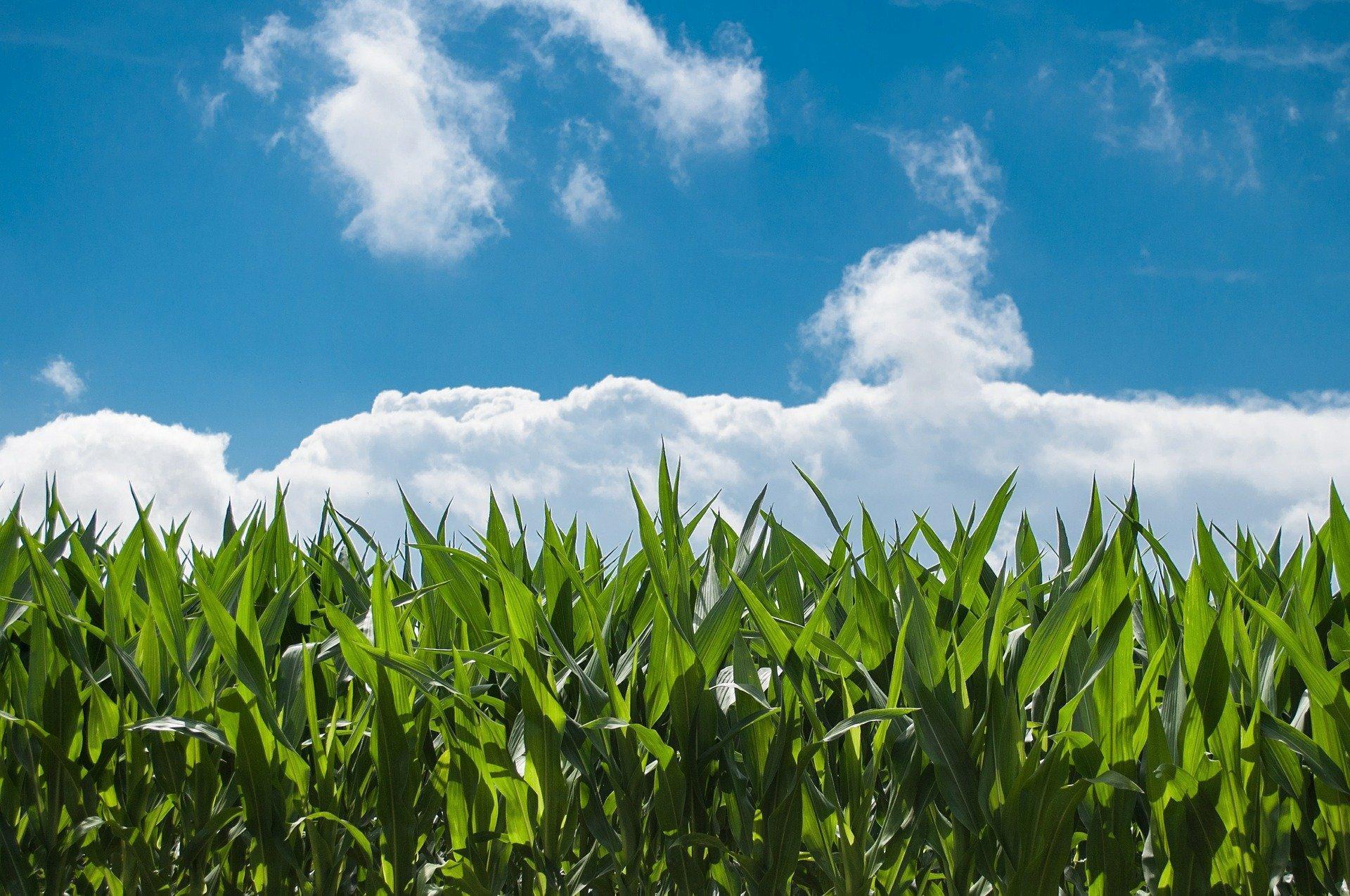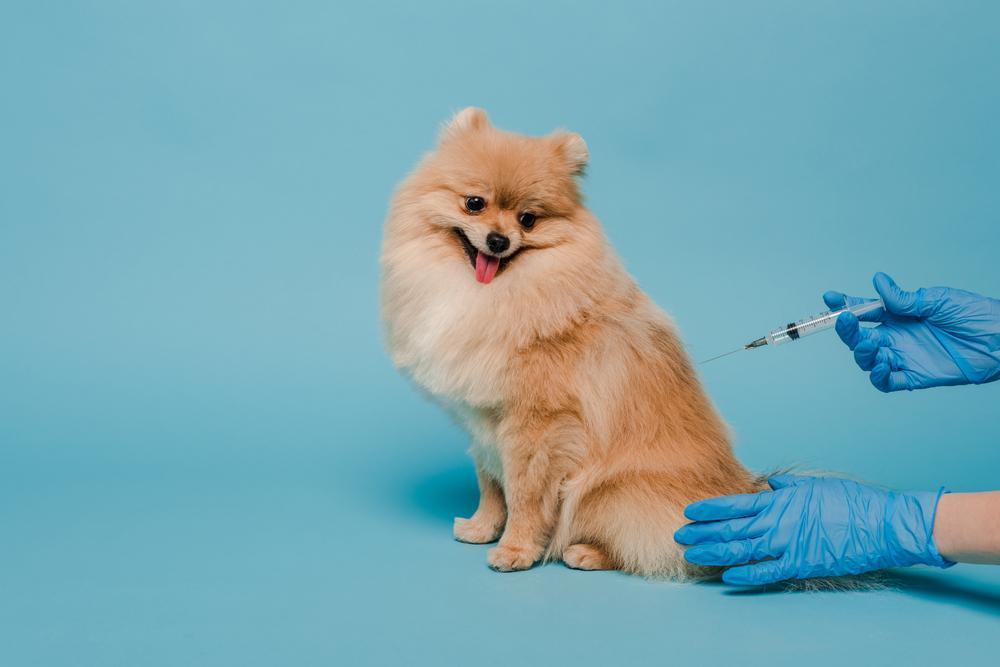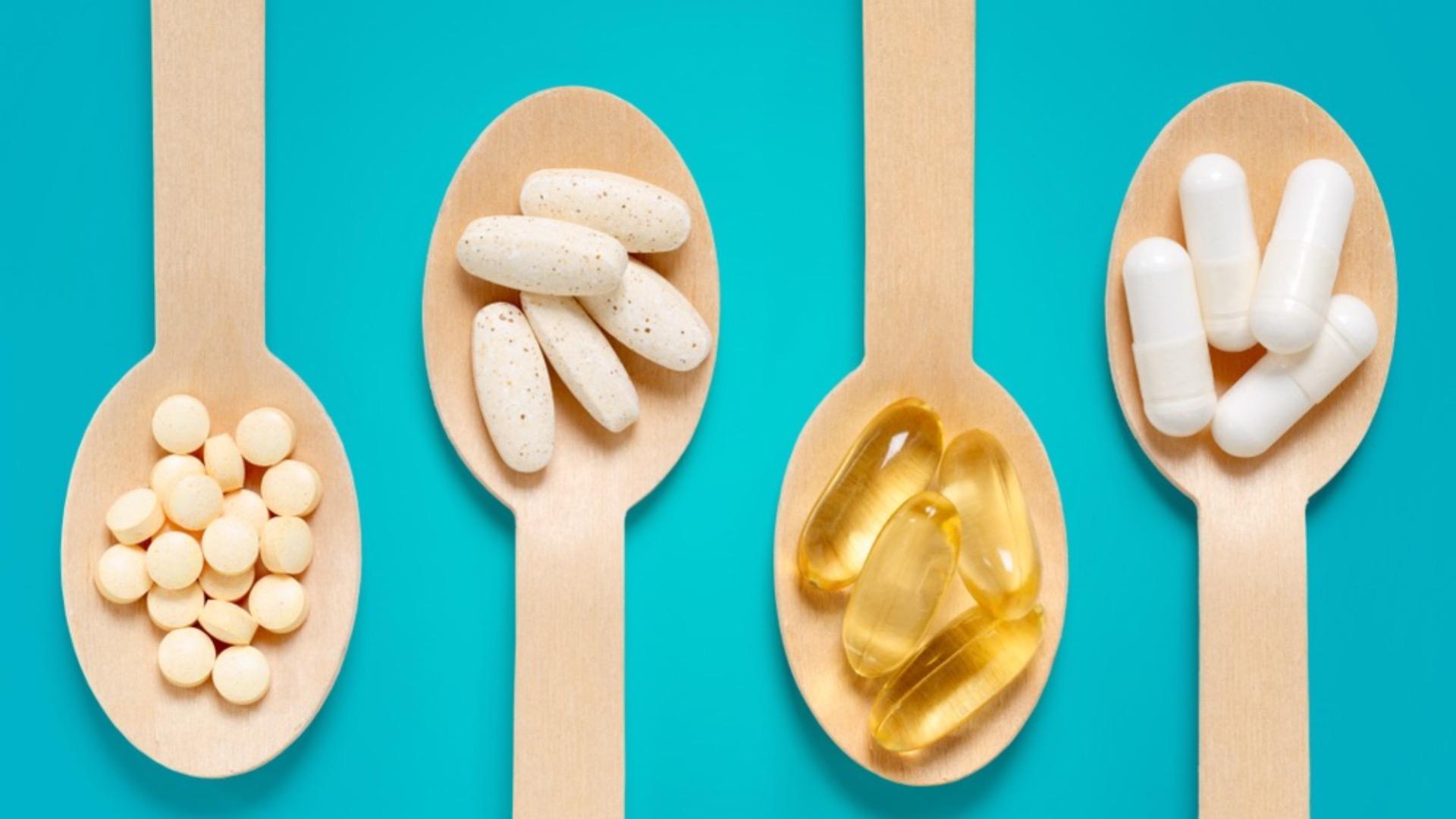One of the most popular herbicides in the world, it was first patented by Monsanto in 1974. Since then, glyphosate tolerant genetically modified crops were commercialised, paving the way for its increasing use, year on year.
Here at My Pet Nutritionist, this makes our stomachs churn a little, and we’ll let you know why.
What is Glyphosate?
Glyphosate is a systemic, broad-spectrum herbicide. This means that it moves throughout the plant, and kills any plant not genetically modified to resist it.
Glyphosate is a strong chelating agent; it creates complexes that immobilise the mineral micronutrients of the soil (calcium, iron,magnesium, manganese, nickel, zinc) making them unavailable to plants.
It also acts as a powerful antibiotic – killing all bacteria in the soil. Due to its antibacterial properties, glyphosate has been reported to affect the gut microbiota of animals, killing the beneficial bacteria and leaving the pathogenic ones behind. This has been linked to adverse effects in farm animals, which feed on glyphosate-treated soya and corn feed. For more information on the importance of a diverse microbiome, checkout our blogs:
Here
Here
Here
Glyphosate and Health
The International Agency for Research on Cancer (IARC) of the World Health Organisation (WHO), classified glyphosate as a “probable human carcinogen”, following a thorough analysis performed by 17 independent world leading experts from 11 countries using only publicly available studies. The conclusion on experimental animals was based on two experiments where mice had developed malignant tumours as a result of exposure to glyphosate alone.
Findings Here.
Glyphosate and Hormone
Glyphosate alone and glyphosate-based products alter the hormone metabolism in different mammalian cell lines and have been reported to reduce the conversion of androgens to oestrogens (resulting in production of more male than female hormones). In experimental studies with mice, glyphosate-based products also alter the reproductive hormone metabolism and reduce fertility.
Findings Here.
Glyphosate, Growth and Development
Experimental animals exposed to glyphosate have given birth to foetuses with increased heart malformations and abnormalities, absent kidneys, distorted ribs, lungs and skeleton, as well as embryonic deaths.
Findings Here.
Glyphosate and the Nervous System
Glyphosate and glyphosate-based products have been seen to affect the growth and development of nerve cells also. Glyphosate has been reported to disrupt the function of brain nerve signalling, brain cell organelles (mitochondria) and cause neuronal cell death.
Findings Here.
Whilst these all offer food for thought; we’re going to focus on cancer research a little further.
When concluding that it is a probable human carcinogen,researchers took into consideration the strong evidence of genotoxicity (DNA damage) and oxidative stress (tissue/cell damage) in humans and laboratory animals following exposure to glyphosate-pesticides and its metabolites.
As we know, the first step to cells becoming cancerous is unusual DNA (deoxyribonucleic acid) structure. DNA contains the instructions that ours and our dog’s cells need to develop, live, and reproduce. These instructions are passed down from parents to their offspring. Every cell must undergo growth, and then it must die. Cancer cells on the other hand receive aberrant instructions.
Of interest here is the concept that these instructions are passed down from parents to their offspring, and in relation to glyphosate, it has been established as genotoxic. Here, you not only have to consider your dog’s exposure to the product, but that the damage could be seen in future generations, and equally, your dog could be experiencing health issues because of their parent’s exposure.
This is of particular concern when a study highlighted glyphosate has been found in several commercial cat and dog foods on the market.
Findings Here.
As it is sprayed on many crops, and most commercial foods are crop based, this is of little surprise.
Glyphosate has been implicated in the disruption of proteins crucial to detoxification pathways; it affects the host’s ability to remove other environmental chemicals, causing them to be more nephrotoxic than they would otherwise be.
This is why, many reviews are now linking glyphosate to kidney disease of unknown origin and non-alcoholic fatty liver disease.
Findings Here.
Again, this is a worry if these modifications can be passed from generation to generation. Are dogs becoming less efficient at removing environmental chemicals, in a world where we have never had more?
We don’t know the answer to that question, but its certainly worth considering. If you would like to learn more about detoxification pathways and toxins found in the home, check out our blogs:
Here
Here
Here
How much are us and our pets actually exposed to?
Many laboratory tests have demonstrated the possible absorption of glyphosate in the gastro-intestinal tract of humans and mammals, as well as absorption through inhalation, ingestion, and dermal contact.
In 2012 the German magazine Oko-Test found traces of glyphosate in wheat flour, oats, and bread in 14 samples out of 20 analysed.
In 2014 the Moms Across America group and the SustainablePulse information website reported the presence of glyphosate in human milk in 3 out of 10 samples.
In 2015, the National University of La Plata in Argentinadetected traces of glyphosate in 85% of the sample tampons purchased in supermarkets and all analysed samples of medical gauze and cotton.
In 2016, research conducted by Boston University and AbraxisLLC revealed the herbicide’s presence in 62% of conventional honeys and in 45% of organic honeys.
In 2016, another two studies conducted by the Munich Institute of the Environment and the Consumer Magazine 60 Millions de Consommateurs, found traces of glyphosate in 14 beers, among the best known in Germany (Beck’s, Paulaner, Warsteiner, etc.) and in panty liners from the feminine hygiene company Organyc.
In Italy, 100 food products based on flour and 26 samples of drinking water were analysed by the magazine Test-Salvagente, they found traces of glyphosate in half of the food and in two samples of water.
Findings Here.
The fact that it finds its way into so many different products really shines a light on how we need to pay attention to everything we are exposed to or expose our pets to – including their food, water and medical supplies.
And if you needed a further push, although there is still an open debate on the subject, it has been found that risk of death is generally higher for workers in the agricultural sector working with glyphosate, compared to any other sector.
So, what can we do?
- Opt for organic wherever possible
- Know where your food comes from!
- Offer filtered water
- Support detoxification pathways in your pets
- Assess your environment for toxic exposure
If you are concerned that herbicide or pesticide exposure may be contributing to health issues in your pet, then please check out our services to see if we may be able to help.
Thanks for reading.
MPN Team x











